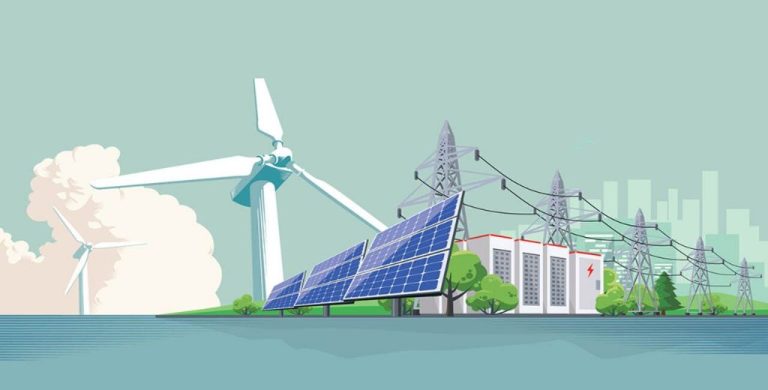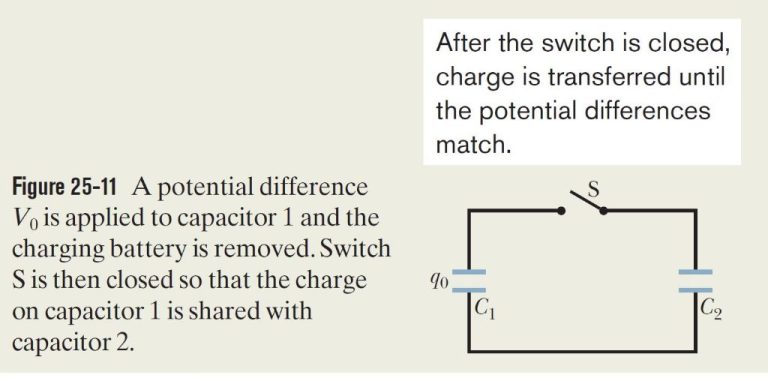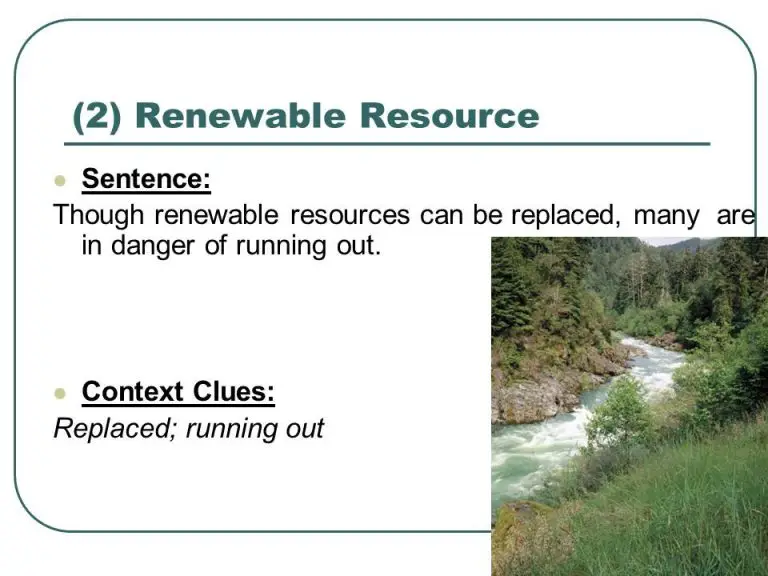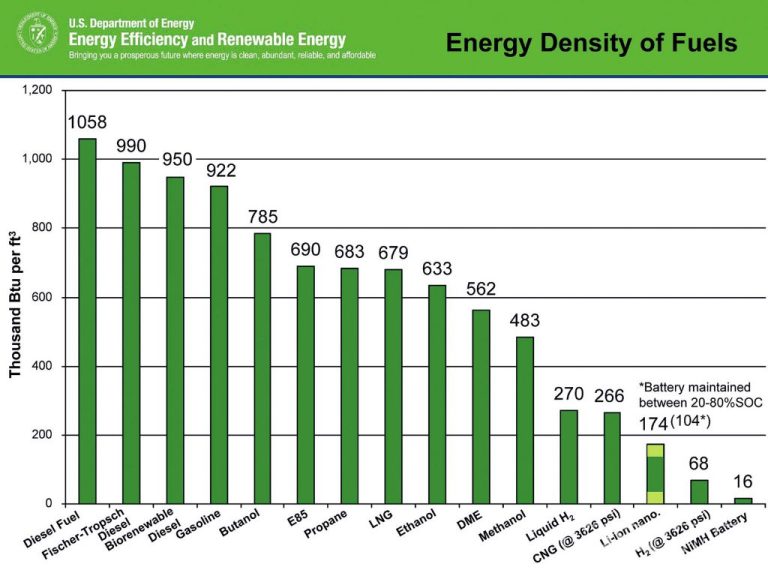What Is Movement Or Releasing Energy?
Movement is the act of changing physical location or position. This can involve movements of part of the body or the entire body itself. Movement requires coordinated muscle contractions and relaxations that release energy to create biomechanical forces.
Some examples of different types of movement include:
- Gross motor movements like walking, running, jumping
- Fine motor movements like writing, typing, drawing
- Stretching and bending movements like reaching, yoga poses
- Isometric contractions like pushing or pulling against resistance
Movement plays a critical role in everyday life. It allows us to perform basic functions like getting dressed, eating, working and playing. Movement facilitates interaction with our environment and is essential for mobility and completion of daily tasks. Proper movement patterns are needed to prevent injury and maintain overall health and wellbeing.
Anatomy Behind Movement
Movement requires the coordinated effort of multiple systems in the body. At the core is the musculoskeletal system, which provides the physical structures for movement.
Muscles are connected to bones by tendons and work by contracting to generate force and cause movement at the joints. There are over 600 muscles in the human body that facilitate movement. Major muscle groups involved in movement include:
- Leg muscles like the quadriceps, hamstrings, calves
- Core muscles like the abdominals and back
- Shoulder and arm muscles like the biceps, triceps, and deltoids
Ligaments connect bone to bone, providing stability and preventing excessive joint movement. The major ligaments involved in movement are located in areas like the knees, elbows, and ankles.
The skeletal system provides the rigid framework to support movement. It consists of 206 bones connected at joints, including ball and socket (shoulders/hips), hinge (knees/elbows), pivot (neck), and gliding (wrists/ankles) joints. Joints have an optimal range of motion for safe movement.
The nervous system controls movement through motor neurons that send signals from the brain to the muscles. Proprioceptors in the muscles provide feedback to the brain on body position and movement. The cerebellum coordinates and fine-tunes motions.
Biomechanics of Movement
The study of biomechanics applies the principles of classical mechanics and physics to understand how the human body moves and functions. Several key concepts from physics are critical to understanding human movement:
Laws of Motion: Sir Isaac Newton’s three laws of motion help explain how the body interacts with external forces to produce and reduce movement. The first law states that objects remain at rest or move with constant velocity unless acted upon by an external force. The second law explains that force equals mass times acceleration, so more force is required to move a greater mass. The third law shows that for every action, there is an equal and opposite reaction.
Potential and Kinetic Energy: The human body utilizes potential and kinetic energy during movement. Potential energy is stored energy based on an object’s position or shape. For example, the arched position of a sprinter crouched in the blocks represents potential energy that can be transformed into kinetic energy during a race. Kinetic energy is the energy of motion and depends on an object’s mass and velocity.
Torque and Leverage: The rotational forces of torque and leverage allow our muscles to move loads efficiently. Torque is increased when force is applied perpendicularly to an object’s pivot point. Our joints act as lever systems that can produce large torques despite limited muscle strength.
Understanding the physics and mechanics behind human movement empowers us to move our bodies efficiently and reduce injury risk. Biomechanics provides key insights into improving performance, enhancing rehabilitation, and maintaining overall health.
Energy Systems for Movement
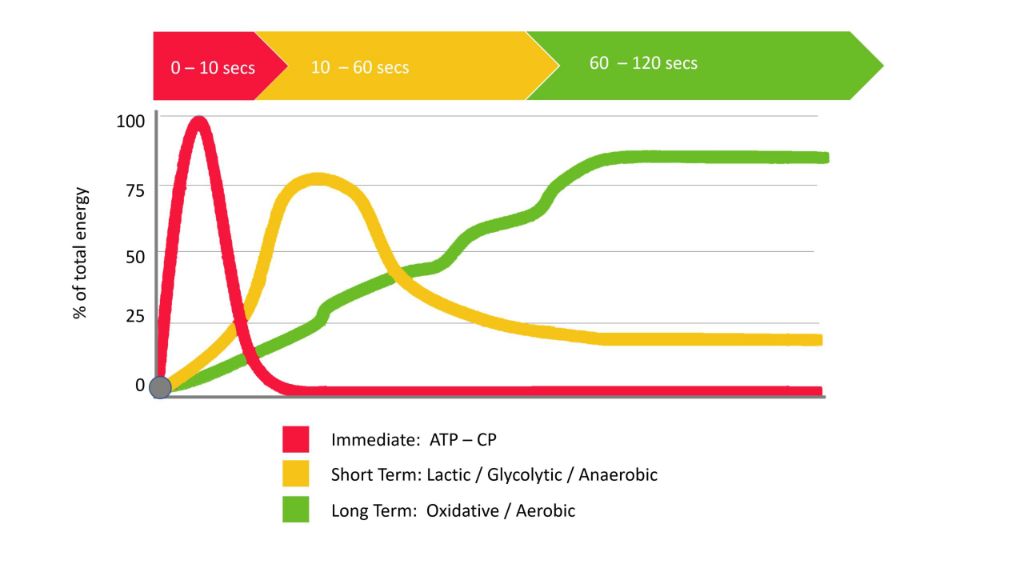
The human body relies on different energy systems to fuel movement of varying durations. The main energy systems are:
ATP-CP System
The ATP-CP system provides energy for short, explosive bursts of exercise lasting up to 10 seconds. This system relies on stored ATP (adenosine triphosphate) and creatine phosphate in the muscles to rapidly regenerate ATP. Activities powered by the ATP-CP system include sprinting and weightlifting.
Glycolytic System
The glycolytic system provides energy for moderate-intensity exercise lasting from 30 seconds up to around 2 minutes. This system breaks down carbohydrates through glycolysis to generate ATP. The byproduct lactic acid builds up, causing that “burning” feeling in the muscles. Activities fueled by glycolysis include 400m runs and high-intensity interval training.
Oxidative System
The oxidative system supports long duration, low to moderate-intensity exercise lasting several minutes or longer. This aerobic system relies on oxygen to break down carbohydrates, fats, and proteins to produce ATP. Activities drawing on the oxidative system include marathon running, cycling, and hiking.
Benefits of Movement
Movement provides wide-ranging benefits for both physical and mental health. Some of the key benefits of maintaining an active lifestyle include:
Improved circulation and heart health: Regular physical activity strengthens the heart muscle, lowers blood pressure, improves blood flow, and increases stamina. Movement helps improve circulation by pumping oxygen and nutrients throughout the body more efficiently.
Increased bone density: The mechanical stress and muscle pull of physical activity stimulates new bone tissue formation. Weight-bearing activities like walking, running, or strength training can help build stronger bones and prevent osteoporosis.
Reduced risk of diabetes and obesity: Exercise helps regulate blood sugar and insulin levels, which lowers the risk of developing type 2 diabetes. Movement also burns calories and makes it easier to maintain a healthy body weight or lose excess fat. This can reduce obesity levels.
Physical Activity Guidelines
Health organizations around the world recommend minimum amounts of daily physical activity to maintain good health and reduce disease risk. The World Health Organization recommends adults get at least 150 minutes per week of moderate-intensity aerobic activity or 75 minutes per week of vigorous aerobic activity, along with muscle-strengthening activities at least 2 days per week.
The American Heart Association advises at least 150 minutes per week of moderate exercise or 75 minutes per week of vigorous exercise for cardiovascular health. They also recommend at least 2 days per week of moderate- to high-intensity muscle-strengthening activity working all major muscle groups.
For a well-rounded fitness routine, experts suggest a combination of cardio, strength training, and flexibility exercises. Cardio exercises like walking, swimming, or cycling improve heart health and burn calories. Strength training builds muscle, improves bone density, and boosts metabolism. Stretching enhances flexibility, reduces injury risk, and aids recovery.
A balanced routine might include 30 minutes of cardio 5 days per week, full body strength training 2-3 days per week, and light stretching daily. Mixing up intensities and types of activities maximizes benefits. Following activity guidelines helps maintain health and prevent disease.
Everyday Movement Tips
Incorporating more movement into your daily routine is one of the easiest ways to be more active. Here are some simple tips to get you moving more:
Take the stairs instead of the elevator. Opt for the stairs whenever you have the option. Taking just a couple flights per day can add up to extra calories burned and strength training for your legs.
Walk or bike for short trips. If your destination is close, consider walking or biking rather than driving. Fresh air and extra steps add up quickly.
Stand up instead of sitting at work. If possible, invest in a standing desk attachment or modify your workstation so you can stand for portions of the day. Even small amounts of standing make a difference.
With some minor adjustments to your routine, you can easily incorporate more movement and energy expenditure into your day. Look for small opportunities to substitute activity for inactivity. It all adds up over time!
Assessing Your Movement
Evaluating your current movement and fitness levels is an important step in developing a physical activity plan. There are various simple ways to track and assess your movement:
Tracking with a pedometer or activity tracker:
Wearable devices like Fitbits and Apple Watches have built-in pedometers to count your daily steps. Pedometers and activity trackers can motivate you to move more and meet step goals. They provide insight into your daily activity levels.
Assessing cardiovascular fitness:
Your cardiovascular fitness level refers to how well your heart and lungs supply oxygen to your muscles during exercise. Options to assess cardiovascular fitness include doing timed runs, measuring your resting heart rate, calculating your maximum heart rate based on your age, or doing more formal testing.
Evaluating flexibility and balance:
Flexibility helps prevent injury and balance reduces fall risk. You can assess flexibility through simple tests like touching your toes or more formal sit-and-reach assessments. Balance can be checked by seeing how long you can stand on one leg with your eyes closed. Yoga and tai chi are great for improving both flexibility and balance.
Simple self-assessments, activity tracking, and fitness testing provide key insights into your current movement ability. This allows you to set appropriate goals and monitor your progress in becoming more physically active.
Overcoming Barriers
There are many common obstacles that can stand in the way of being more active, but it’s possible to overcome them with some thoughtful strategies. Here are some tips for the major barriers.
Making Time for Exercise
With busy schedules, finding time to exercise can be challenging. Try blocking out time slots for activity in your calendar as you would for other important appointments. Even 10-15 minutes during the day to take a walk or workout at home can add up. Look for pockets of time like during your lunch break, before/after work, or between errands.
Staying Motivated
It’s normal for motivation to fluctuate. When it’s low, focus on small, achievable goals like exercising just 1 day per week to start. Enlist friends or family to exercise with you for encouragement. Variety can also help – switch up activities to keep exercise fun. Most importantly, be kind to yourself if you get off track – any movement is better than none.
Adapting Activities for Injuries/Conditions
Don’t let injuries, chronic conditions, or other limitations stop you from staying active. Talk to your healthcare provider about safe activities or modifications. Water aerobics, chair yoga, and walking may be gentler options. Slowly progress at your own pace. Simply moving more, even for just a few minutes, has huge benefits.
Conclusion
In this article, we explored the anatomy, biomechanics, and physiology behind movement and releasing energy. We learned that movement is made possible by muscles, bones, joints, and tendons all working together to generate force and motion. Our energy systems, including the ATP-PC system and aerobic and anaerobic pathways, provide the fuel for us to move in many different ways.
Movement and physical activity provide tremendous benefits for our physical and mental health. Being active can help prevent chronic diseases, strengthen bones and muscles, improve mood and sleep quality, and boost focus and cognitive performance. The recommended guidelines advise 150-300 minutes per week of moderate activity or 75-150 minutes per week of vigorous activity for adults, along with muscle-strengthening activities at least 2 days per week.
Incorporating more movement into our everyday lives is achievable through simple strategies like taking the stairs, walking meetings, parking farther away, exercising during TV commercials, and taking activity breaks. Overcoming barriers like lack of time, low motivation, and lack of enjoyment often comes down to making movement a priority, finding activities you enjoy, and making it a social and rewarding experience.
Movement is a vital sign of health and wellbeing. Ensure you get your daily dose through fun, engaging physical activities that you look forward to doing. Your body and mind will thank you.

